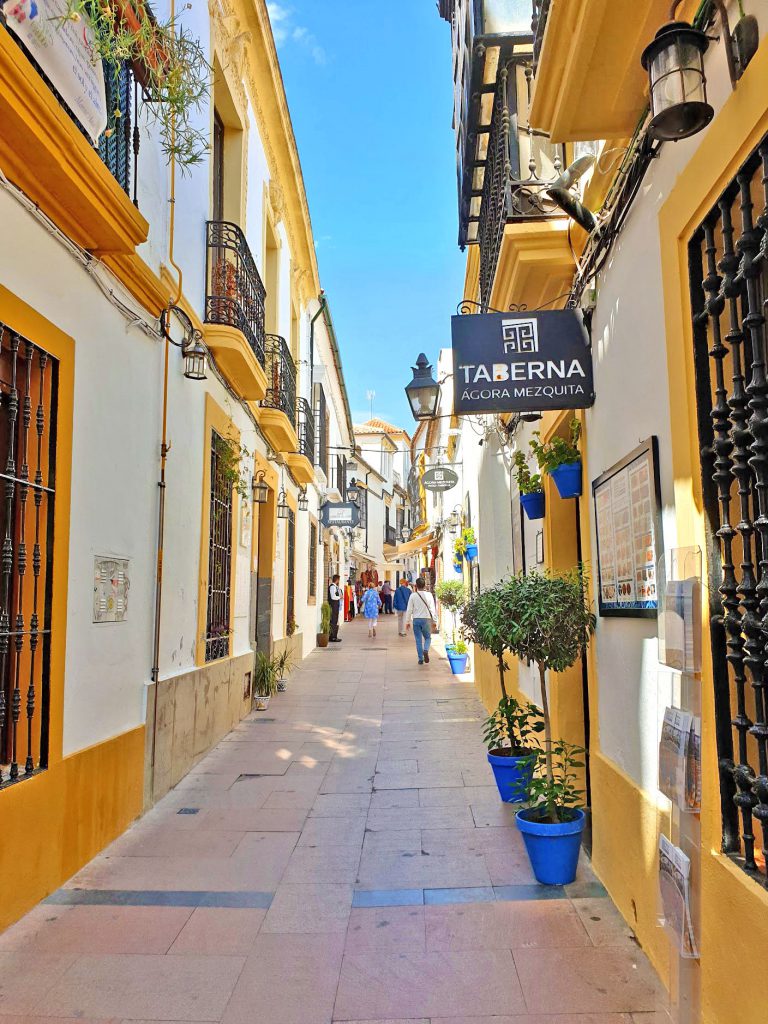
I believe I have a funny way of travelling. See, some people mark monuments or historical or touristy sights on their Google map and then plan breaks in between to find something to eat. We do the opposite. We mark places to eat and drink coffee on our map and then plan breaks to find something to look at.

I actually spent some time on Wikipedia to try to see, if I am a bit weird, or if there is other people like me. Then I thought, is the fact that I am looking up if there is a category for me in itself something weird? After reading about foodies and culinary tourists and food nomads, I came to the conclusion that it must be a Millenial kind of thing. I mean both, the travelling and the searching Wikipedia for a sense of belonging. Don’t judge, it’s tough being a Millenial.1JP explains how tough it is: https://www.youtube.com/watch?app=desktop&v=00FDR1E0zvE&ab_channel=AwakenWithJP
In conclusion: I make plans around food. Going to visit Cordóba in Andalusia on a road trip to Spain in 2019 was one of those plans.
Earlier that year on a long weekend trip to Madrid, I had discovered an amazing cold summer soup, a Gazpacho 2.0 really (an Andalusian may kill me for saying this). It is called the Salmorejo Cordobés. How to describe it? It is like the smoothest pureness of tomatoe purée you could ever imagine. Slightly sweet, slightly tangy, extremely refreshing, and actually quite filling (it’s basically tomatoes, bread and oil, with a bit of garlic, puréed until reaching heavenly smooth delight). Watch me eat it in the below picture and you get the idea of how amazing this stuff tastes.
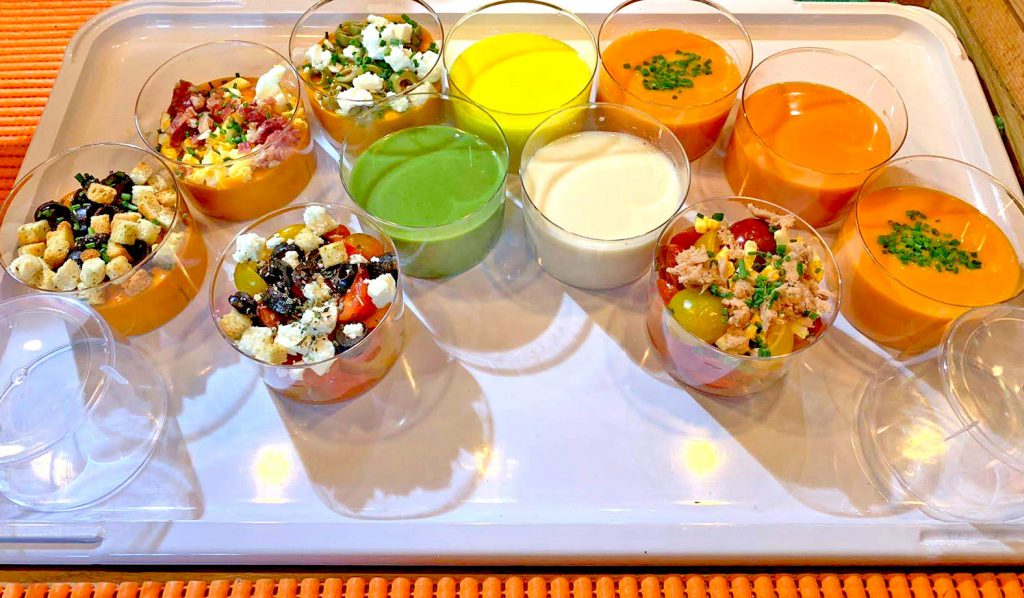
Salmorejo and Gazpacho, in all its shades!
Do you see how the crackers just sit in there? It is THAT thick, THAT creamy, THAT amazing. As you can see, it is usually topped with some chopped eggs and Jamón, which is the cherry on the cake. Or frosting. Or both.
So, you see why I had to go to its origin.
The origin happens to be a lovely and colourful Andalusian city, which does not have a healthy relationship with Google Maps. To reach the hotel, Google leads one through the smallest of roads (and I did not have the smallest of cars), packed with Pedestrians, until finally a Taxi driver stopped me and asked what in the world I am doing. Upon explaining, he said “Google Maps? No. No coche aquí. Google no funciona aquí!”
(I still wonder why HE was there, if no car was supposed to be there).
The entrance of the parking garage of the hotel was so steep that upon entering, the car ended up stuck in the middle. I don’t know if this has ever happened to you, but let me tell you, getting stuck with a car is one thing, getting stuck in the middle of a small pedestrian road with lots of Spanish folks staring, laughing and shaking their head at the Swiss tourist, is a very stressful experience.
The people from the hotel ended up coming to the rescue, explaining that there is a technique to enter the garage, by which you have to drive as much as possible to the left side of the entrance, which was apparently the only place where the architects designed it at the correct steepness, and then slowly slalom down (Duh! Such ignorant Swiss I am, thinking all garages have been designed to allow cars to actually enter them!). They then helped push the car out of its stuck-ness, and luckily it worked, because I don’t believe a towing truck could have made it anywhere near us.
After this adventurous first day, I was ready to admire the city, boasting with beautiful Moorish architecture, and most notably the Mezquita, originally a Mosque, now a cathedral, a gem in Spanish historical monuments and a UNESCO world heritage site.
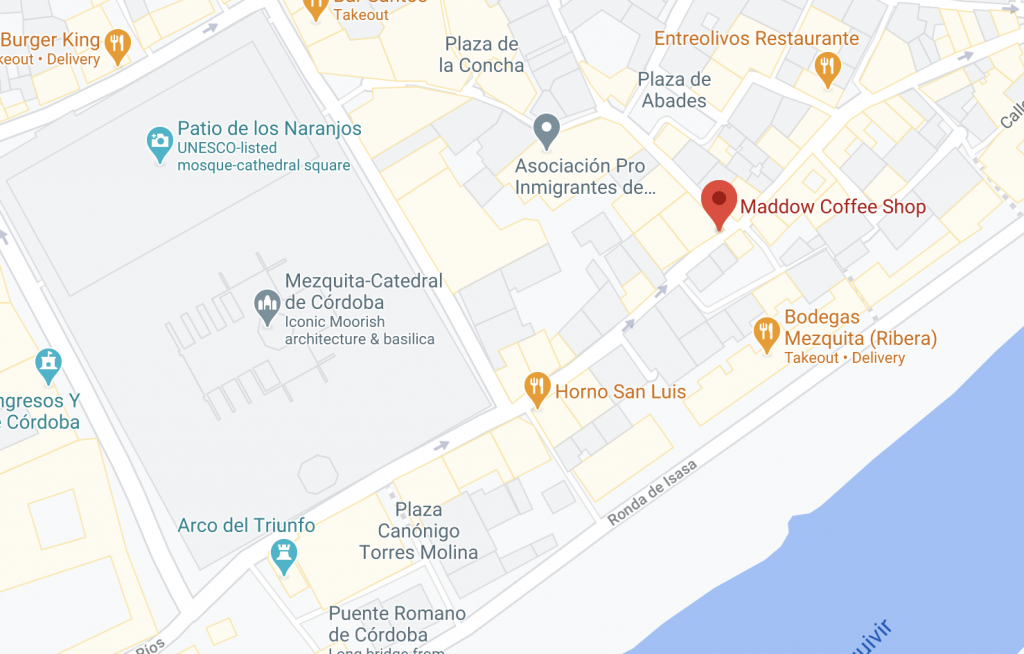
The city also has a thing for blue flowerpots (they are everywhere, though I never found out why). It makes sense that such a beautiful, colourful and sunny place would produce a beautiful, colourful and sunny soup.
Of course, I needed to reproduce this soup at home. For quite some time, I did not dare, because I thought something this amazing must require the most amazing tomatoes Europe has to offer, which could only be found in Spain (and definitely not in Switzerland, where most Southeners complain at the blandness of fruit and veggies). However, one day I gave it a try and I am glad I did. Not to dismiss the value of a good tomato — if you can get your hands on the freshest, sweetest, juiciest tomato, by all means, buy those, or better yet, grow those, it will be all the better. However, I regularly make Salmorejo at home with Swiss tomatoes and excellent Spanish olive oil, and let me tell you, it’s like bringing a bit of Spain into your kitchen. If you would like to try yourself, check out my recipe.
And if you are ever in that corner of Andalusia, make sure to visit Cordoba (preferably with a smart car or scooter, and definitely not with a BMW) and have an extra bowl of Salmoréjo for me! My suggestion for an excellent bowl: Taberna La Montillana.2https://www.tabernalamontillana.com/ And another excellent address for other types of Spanish food: Taberna Las Beatillas.3http://tabernabeatillas.com/
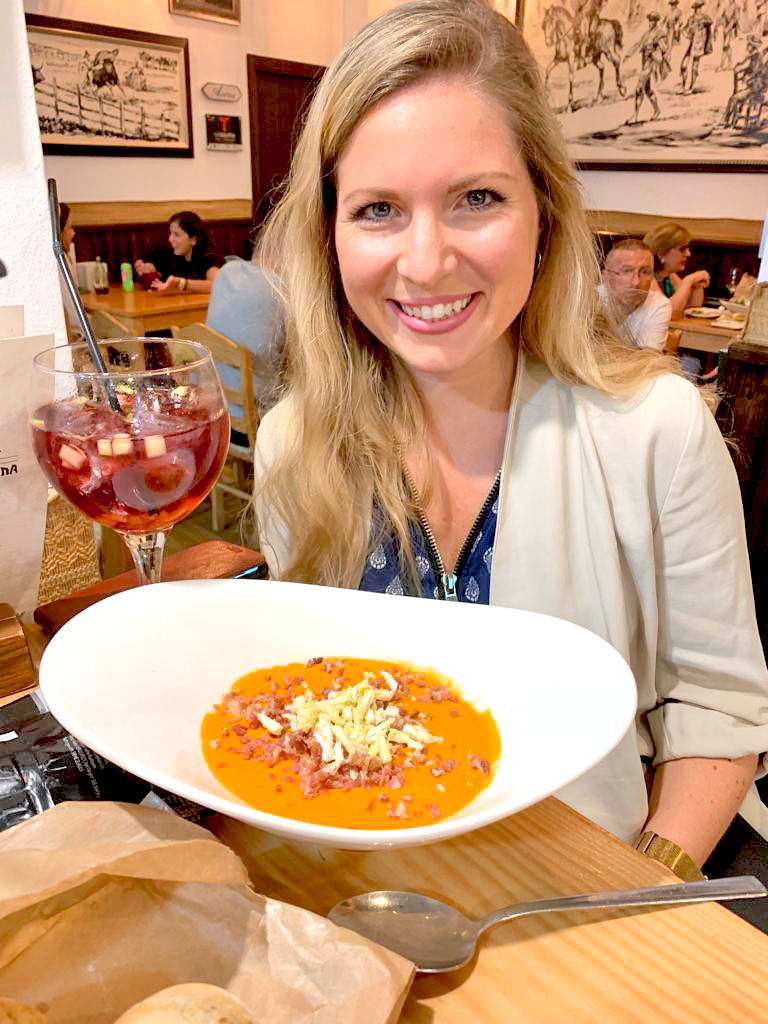
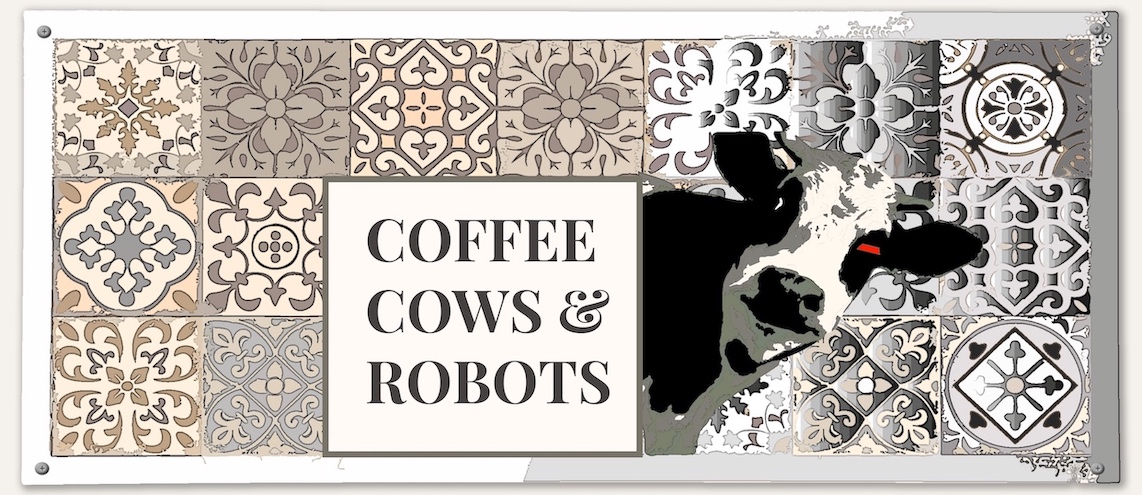
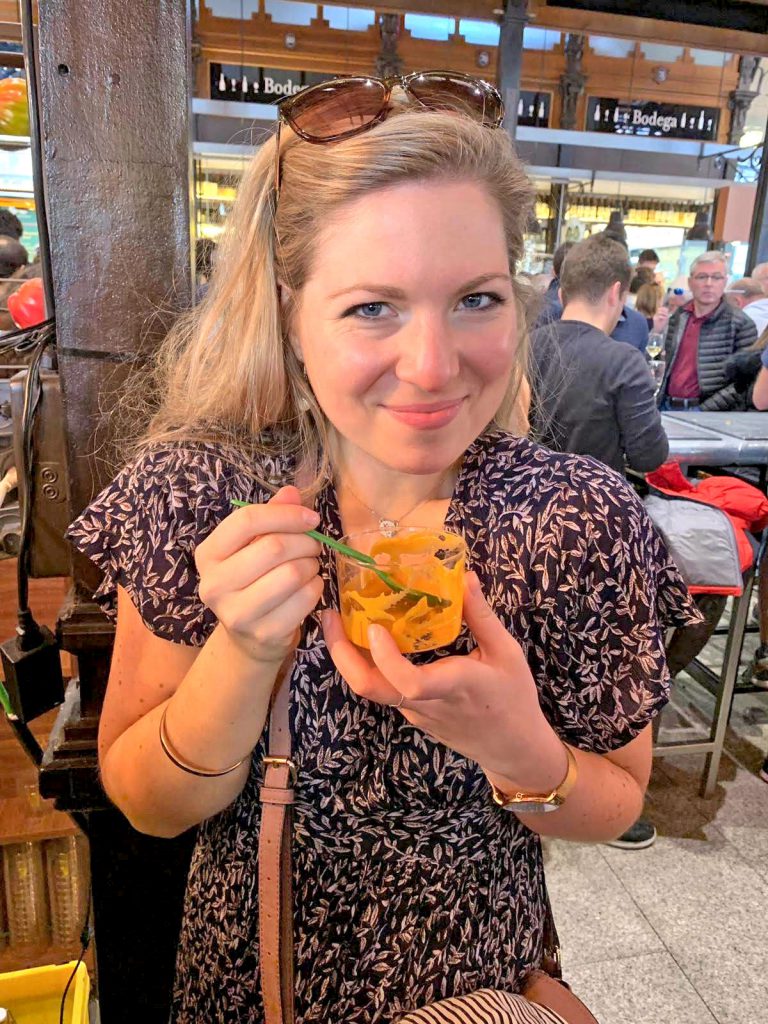
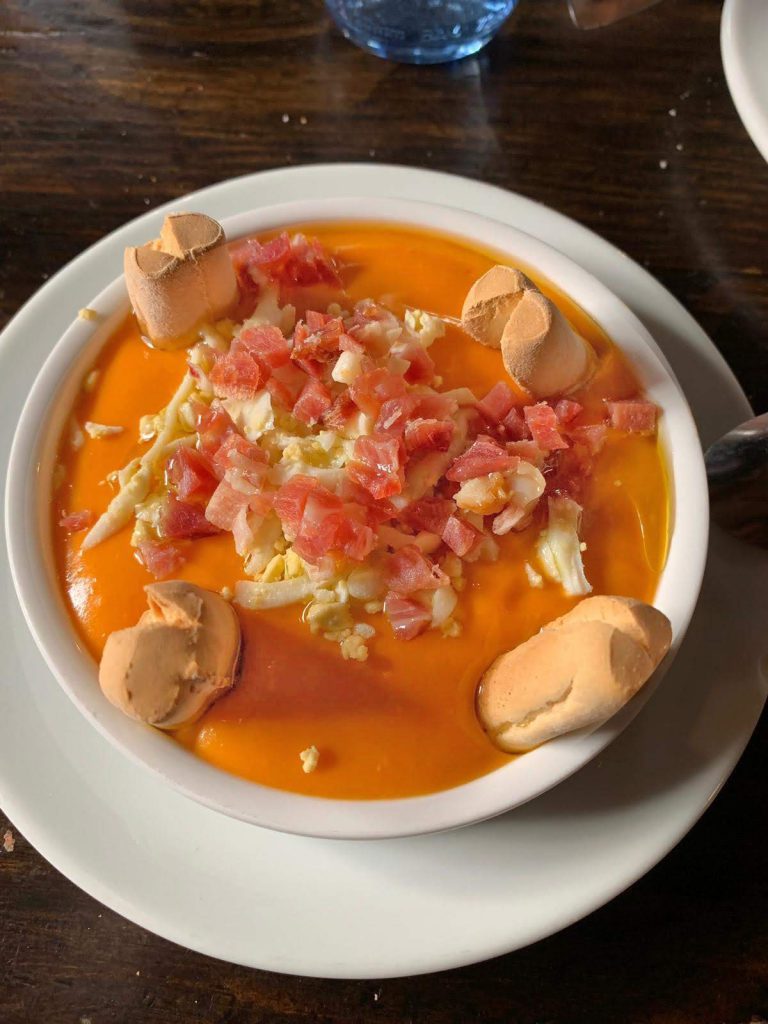
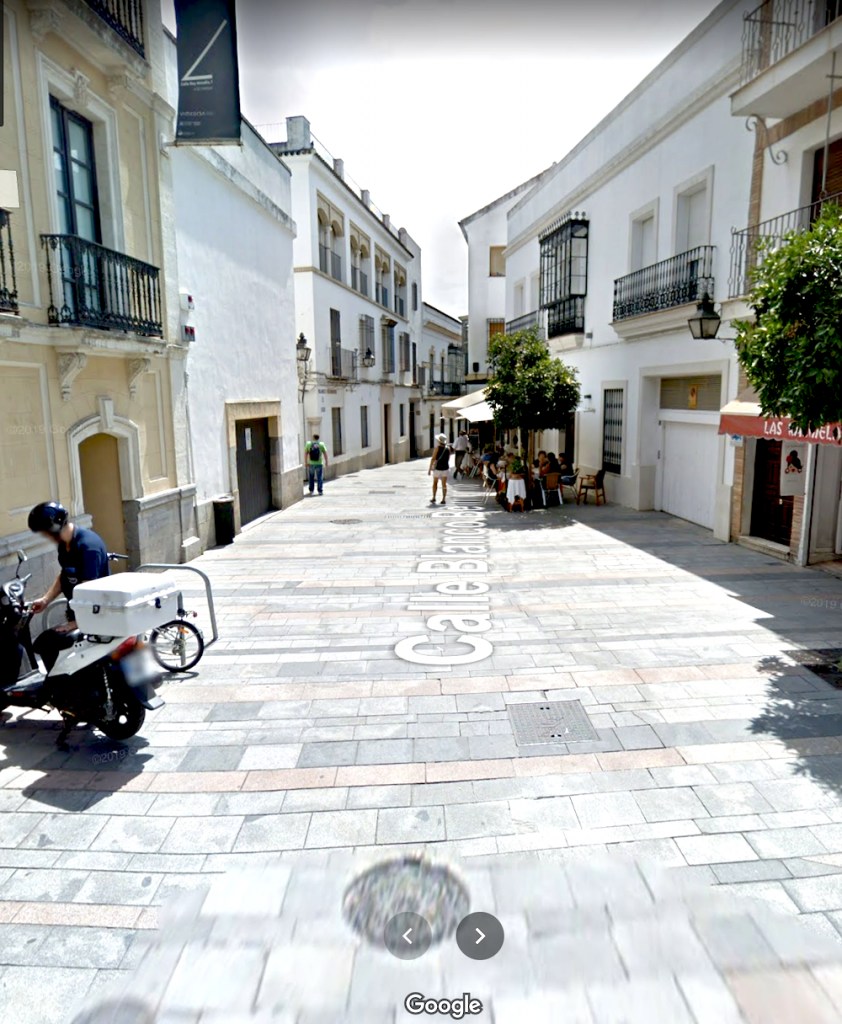
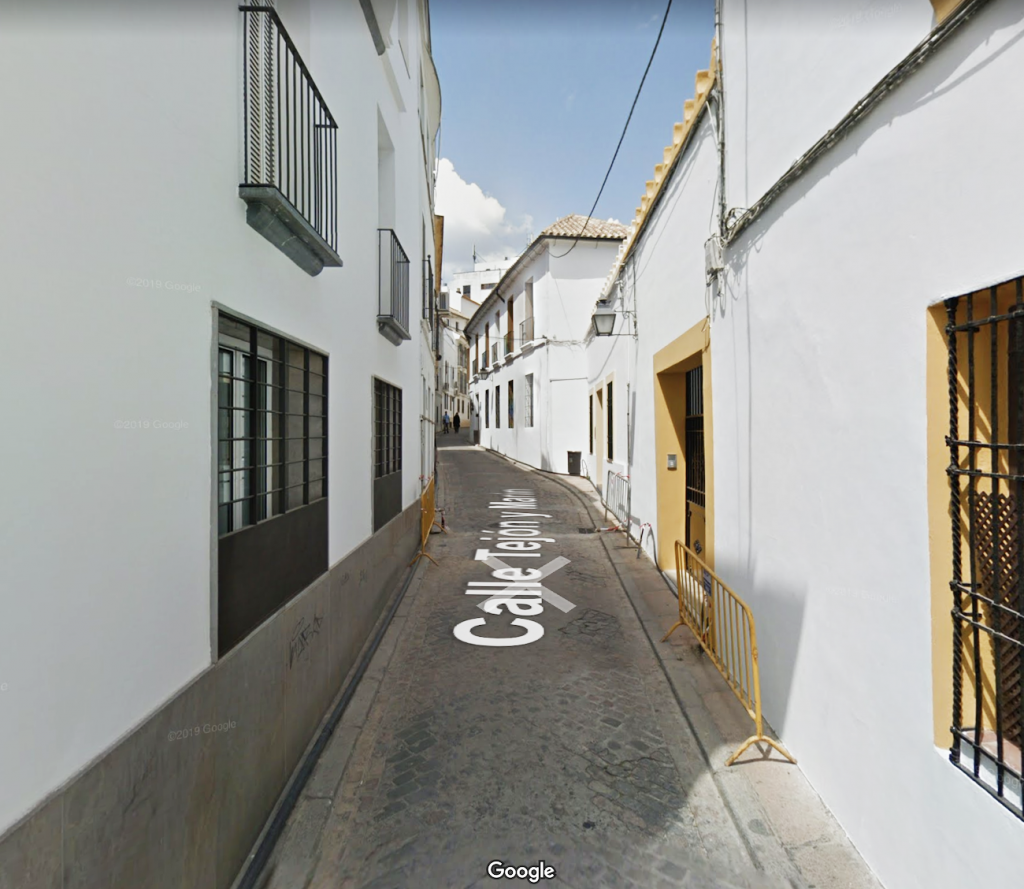

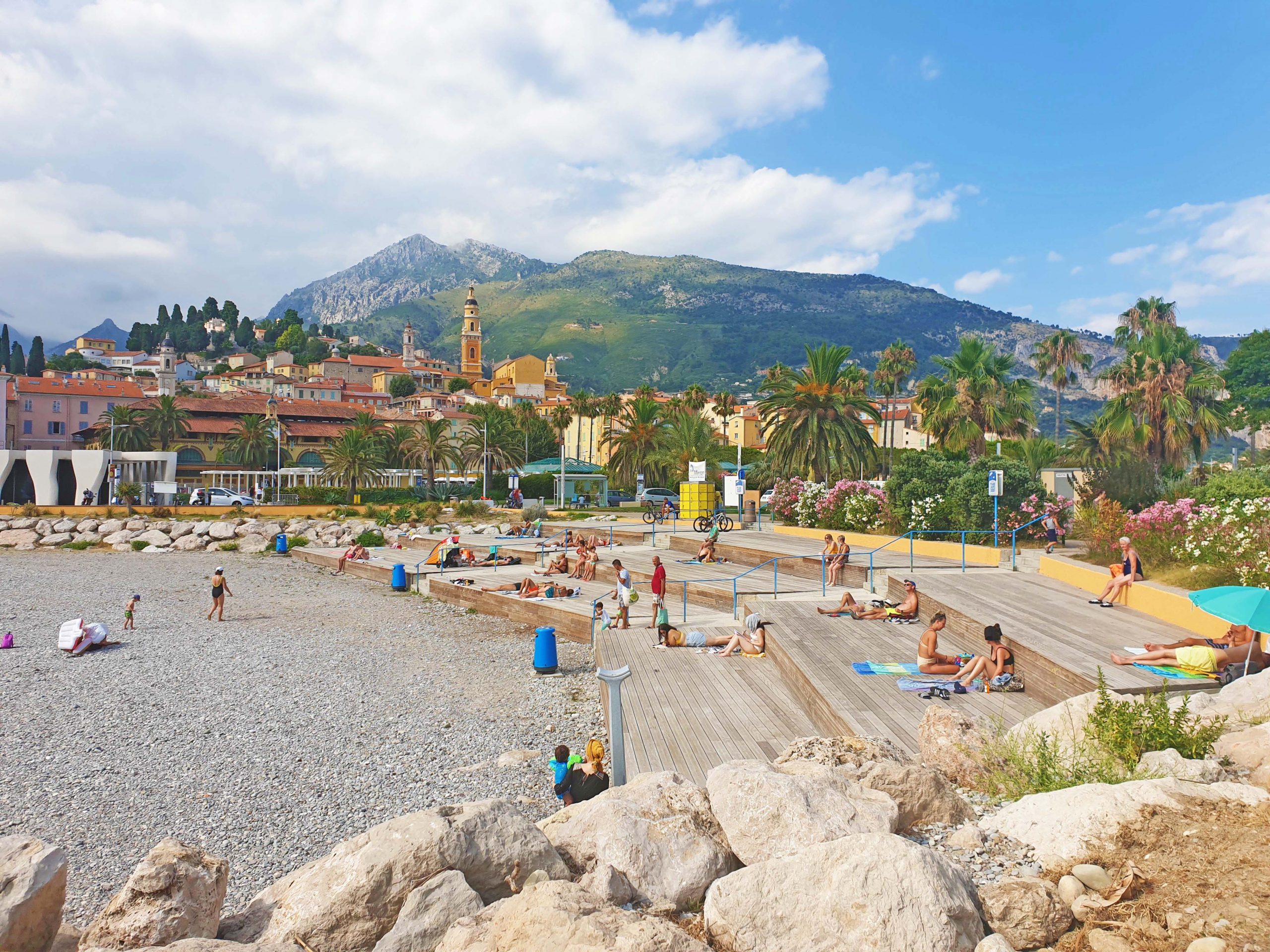
I confirm: Salmorejo is definitely better!